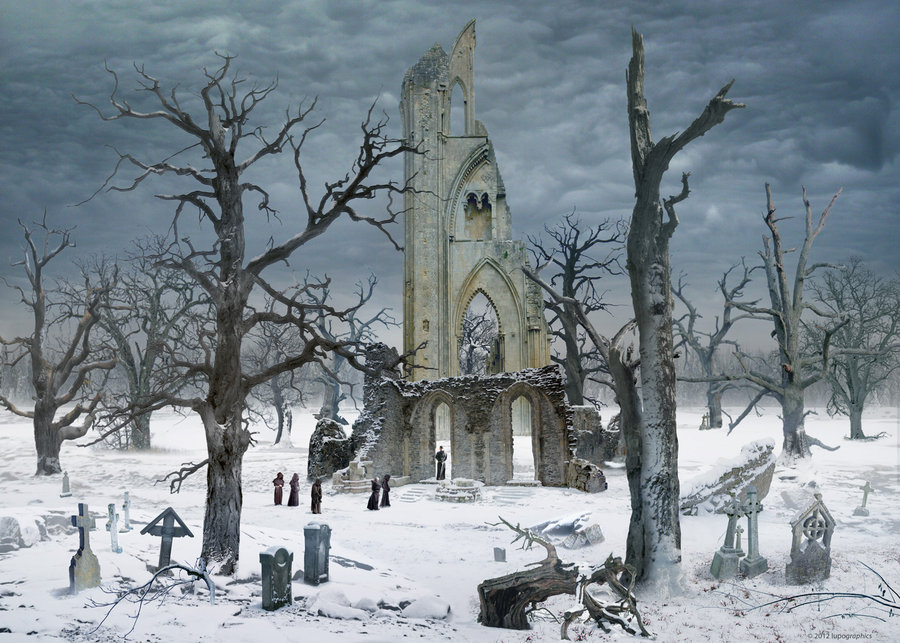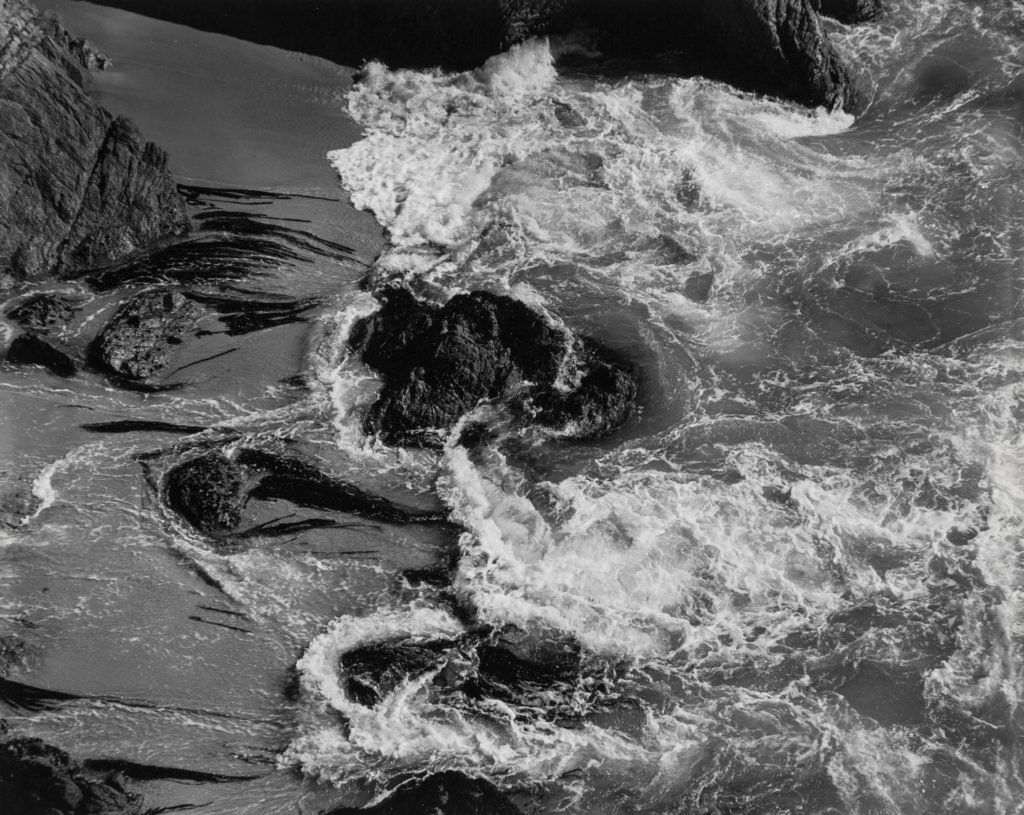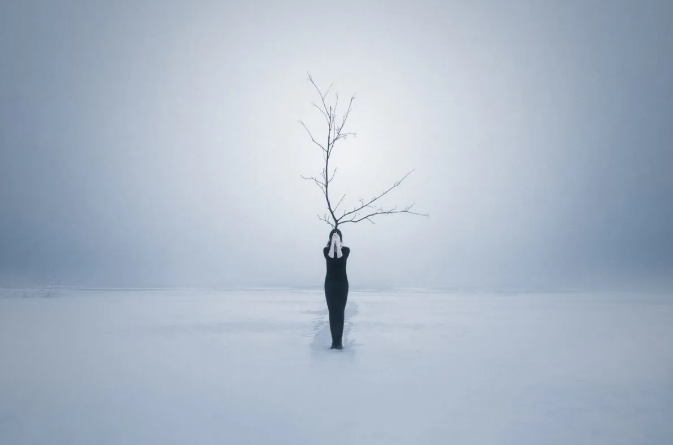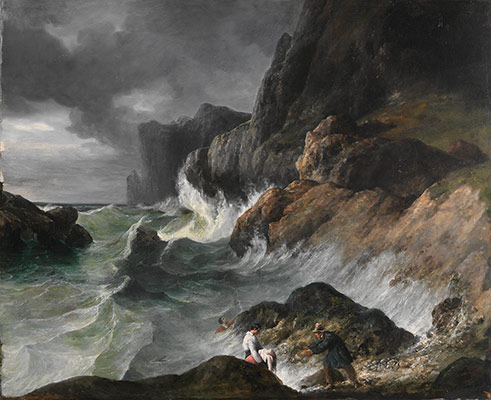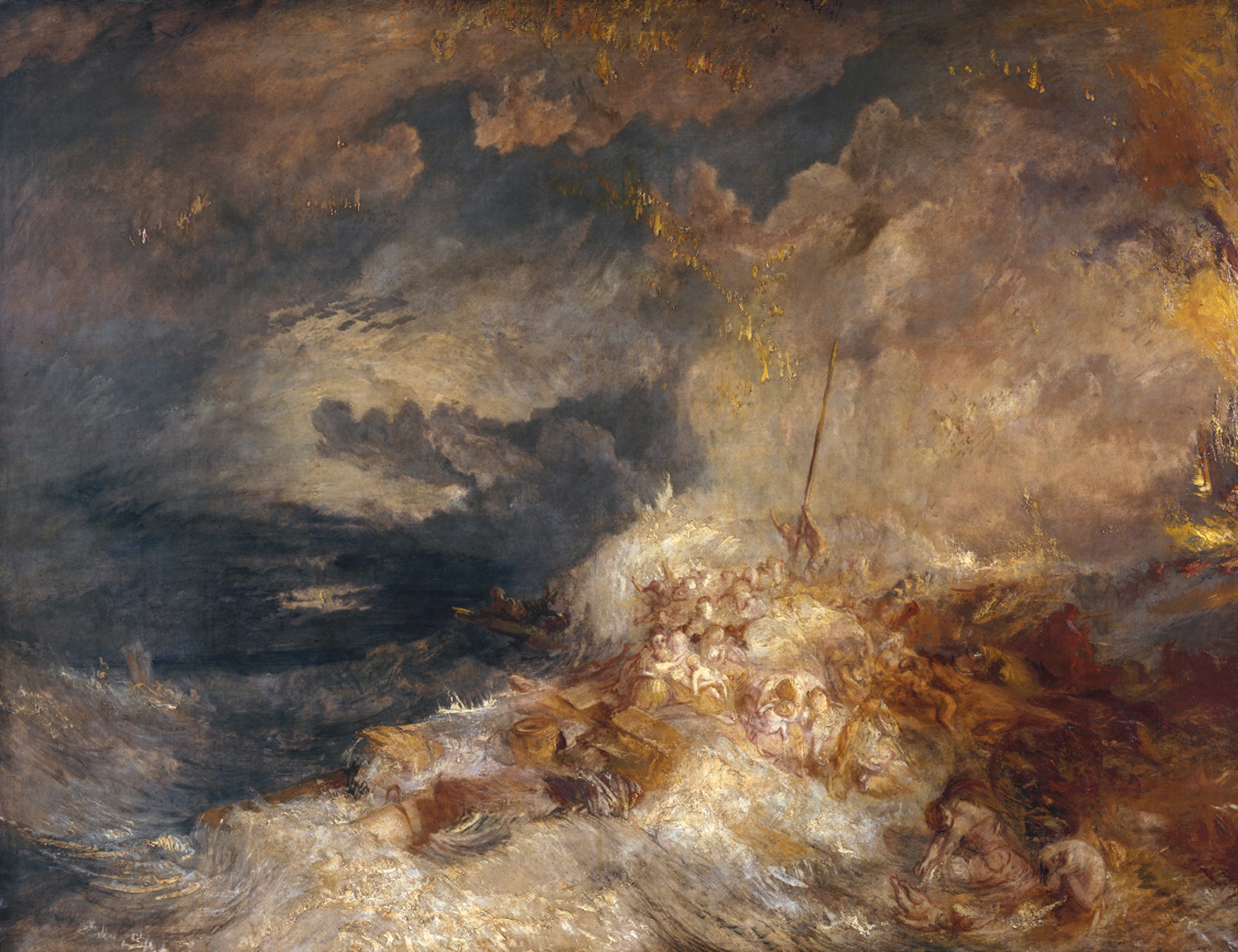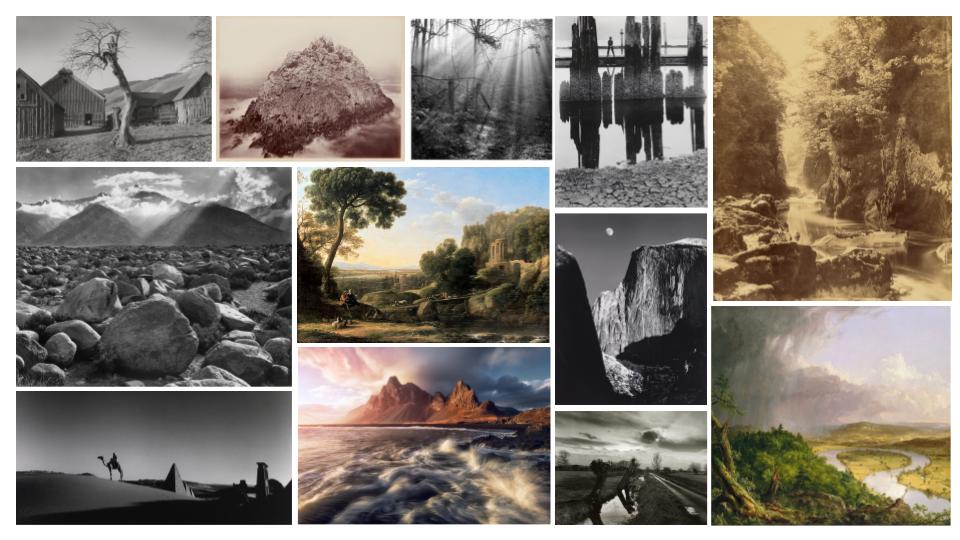What is romanticism?
Romanticism is the artistic movement of the eighteenth and nineteenth centuries which was concerned with the expression of the individual’s feelings and emotions. Romanticism is attitudes, ideals, and feelings which are romantic rather than realistic.
Romanticism was characterized by its emphasis on emotion, individualism, idealization of nature and glorification of the past with a strong preference for the medieval. It was partly a reaction to events such as the Industrial Revolution, the social and political norms of the age of enlightenment, and the scientific rationalization of nature. It was embodied most strongly in the visual arts, music, and literature as well as having a significant effect on politics, with romantic thinkers influencing conservatism, liberalism, radicalism and nationalism.
The movement emphasized intense emotion as an authentic source of experience, placing new emphasis on such emotions as fear, horror, terror and awe. It elevated folk art and ancient custom to something noble, but also spontaneity as a desirable characteristic. Romanticism assigned a high value to the achievements of “heroic” individualists and artists, whose examples would raise the quality of society. It also promoted the individual imagination as a critical authority allowed of freedom from classical notions of form in art. There was a strong recourse to historical and natural inevitability in the representation of its ideas. In the second half of the 19th century, Realism was offered as a polar opposite to Romanticism. The decline of Romanticism during this time was associated with multiple processes, including social and political changes.
examples of romanticism:


The sublime
The definition of sublime is used to describe anything that is so wonderful, it effects you emotionally. In romanticism the meaning of sublime is a meeting of the emotional and the natural world, where we allow our emotions to overwhelm our rationality as we experience the wonder of creation.
The theory of sublime art was put forward by philosopher Edmund Burke in his book titled ‘A Philosophical Enquiry into the Origin of our Ideas of the Sublime and Beautiful’ which he published in 1757. He defined the sublime as “an artistic effect productive of the strongest emotion the mind is capable of feeling.”


Romanticism artists
J.M.W. Turner – Joseph Mallord William Turner, also known in his time as William Turner, was an English Romantic painter, printmaker and watercolourist. He is known for his expressive colouring, imaginative landscapes and turbulent, often violent, marine paintings. He was born on April 23, 1775, and would later pass on the day of December 19, 1851.

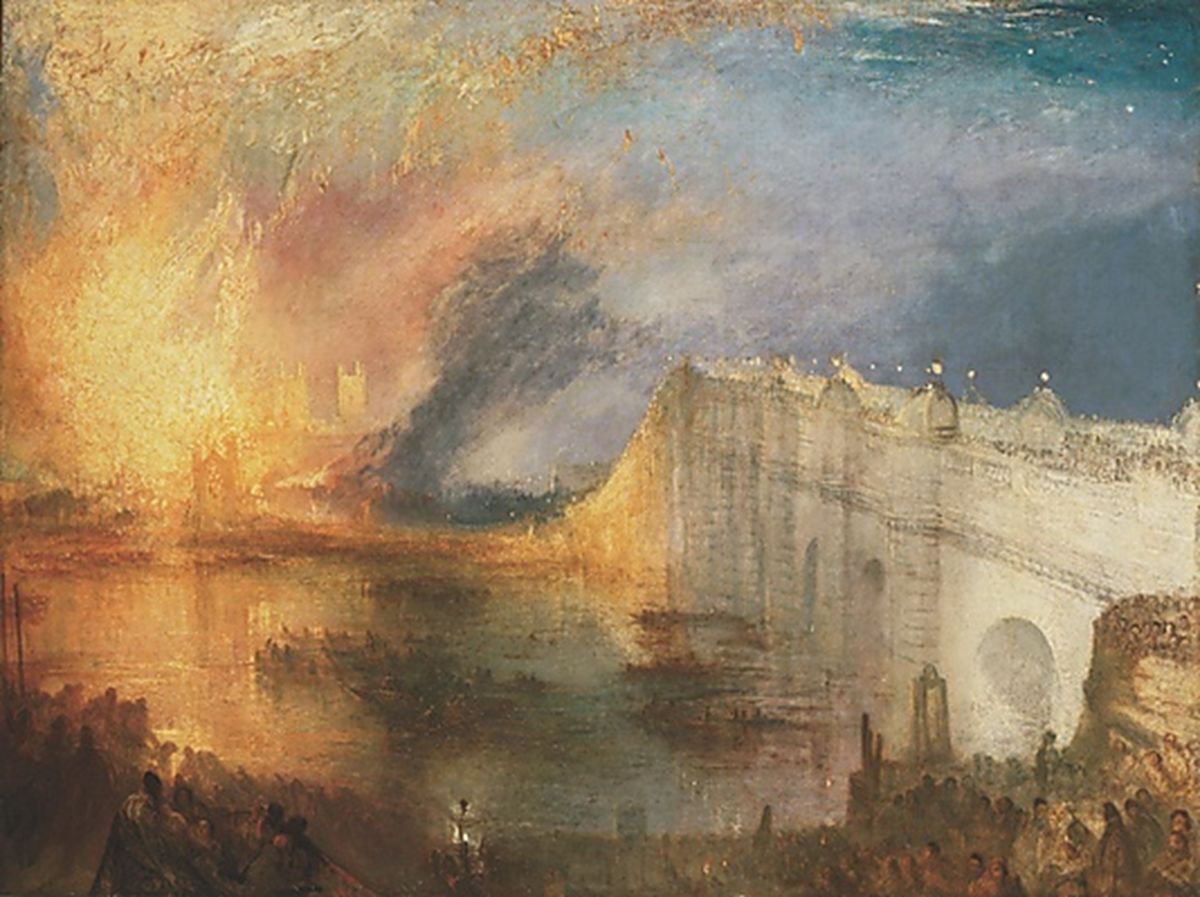
Casper David Friedrich – Friedrich was a 19th-century German Romantic landscape painter, generally considered the most important German artist of his generation. Born on September 5, 1774 in Greifswald, Germany and dying on May 7, 1840 in Dresden, Germany he lived a full life of 66 years.
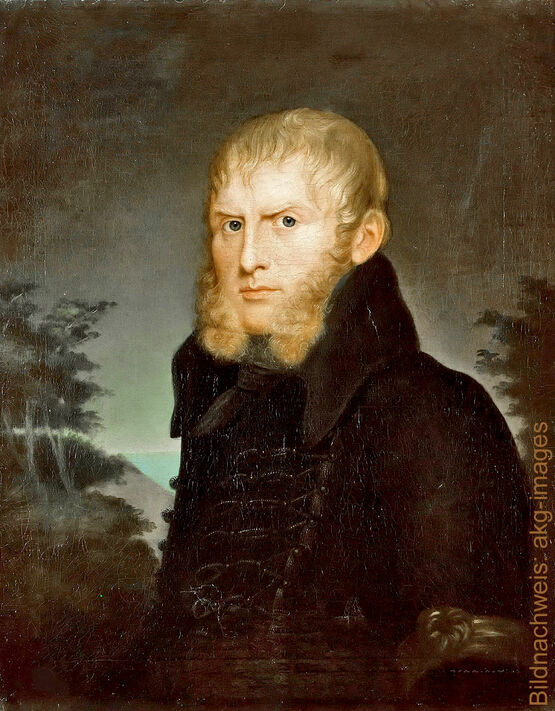
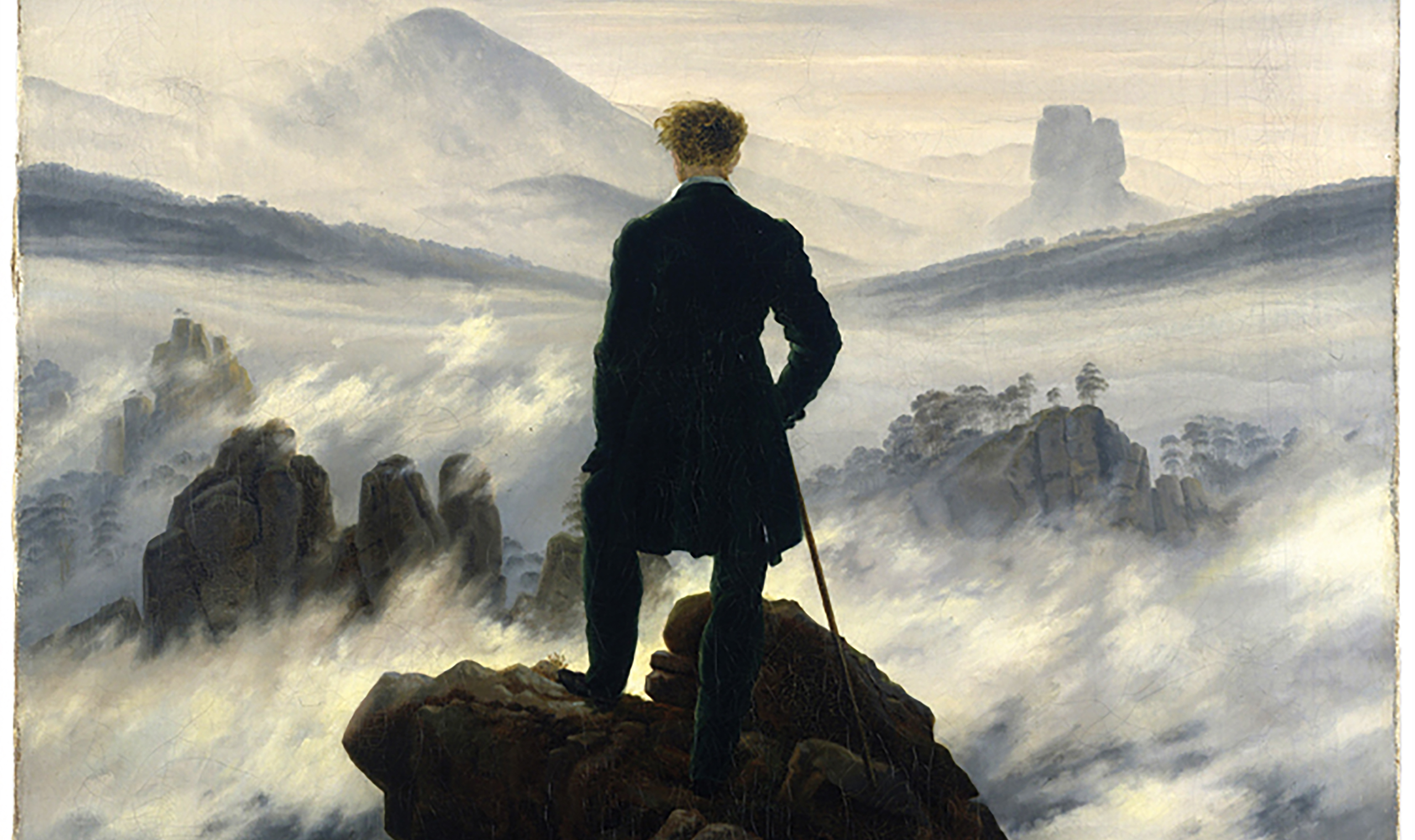
William Blake – an English poet, painter, and printmaker. Largely unrecognised during his life, Blake is now considered a seminal figure in the history of the poetry and visual art of the Romantic Age.


